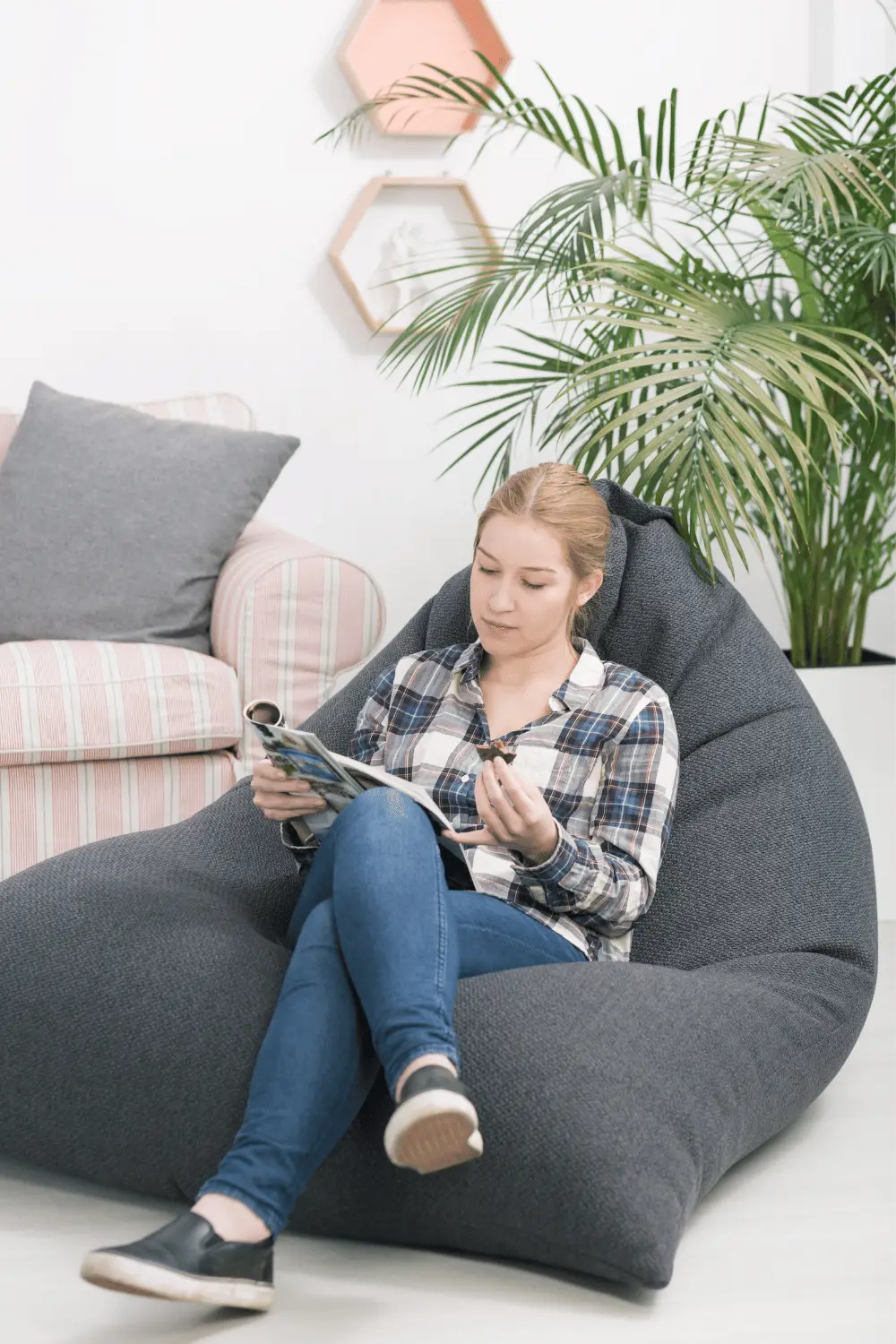Gentle Care: Understanding Bed Sores And How To Prevent And Treat Them
Bed sores, also known as pressure sores, ulcers, or decubitus ulcers, are painful open sores that develop when pressure is applied to them. Although they may appear similar to ordinary skin lesions, these blemishes are not caused by a fungal infection or another disease – instead, it’s due to prolonged pressure on the affected area which eventually leads to an opening in its outermost layer of tissue.
Despite their name, decubitus ulcers aren’t typically associated with bed rest; rather they often arise during someone’s recovery from an injury or surgery and can appear anywhere on the body – such as under the breasts or at the center of the palm.

If left untreated, pressure sores can become debilitatingly painful and impede mobility. Fortunately, there are several measures you can take to prevent this from happening.
What Are Pressure Sores?
Pressure sores are a form of soft tissue damage that occurs after prolonged pressure. A sore develops when any part of the body is subject to compression and pressure – as when sitting in an ill-fitting seat on an airplane, for example.
If left untreated, these can become quite serious. Their progression may not be immediate; however, if not taken into consideration they could lead to bacterial infection; eventually leading to scarring and even amputation in extreme cases. If you observe any signs of blisters, discoloration, or drainage along with tenderness accompanied by chills and fever – take action immediately.
How Do Pressure Sores Happen?
Elderly people are especially prone to pressure sores, as their skin is more fragile and more prone to breakdown. Additionally, elderly people may have reduced mobility, making it difficult for them to reposition themselves and relieve pressure. Elderly people may also not be able to feel pain or itching as easily as younger people, making it more difficult to realize that pressure sores are forming.
In the event that someone is subjected to excessive amounts of pressure when reclining, it may result in a painful condition known as pressure ulcers.
To understand how this can occur, let’s take a look at the anatomy of a normal nerve. It consists of several components: a myelin sheath coating the entirety of its length; an afferent and efferent (or sensory and motor) nerve fiber leading toward or away from an external stimulus. The afferent portion of a nerve is responsible for sending information back to the central nervous system (CNS), while the efferent portion transmits signals to other parts of the body.
Pressure Sores Due To Neglect
When a professional caregiver fails to provide adequate care, elderly people, and other physically weakened or impaired individuals, can develop bed sores. Bed sores are painful and can lead to infections and other serious medical conditions. If professional caregiver neglects their duty of care, there can be serious health consequences for those under their care.
Bed sores are most commonly the result of prolonged immobility and lack of adequate nutrition and hygiene. Nursing homes and other long-term care facilities are responsible for providing proper care to their patients and must take measures to prevent and treat bed sores. Bed sores can lead to severe pain and infections, and in the worst cases, can even be fatal.
When a nursing home fails to provide adequate care to its residents, it can be held legally accountable for any harm that results. Nursing home bed sore lawsuits are a common type of legal action taken against nursing homes and other long-term care facilities. These lawsuits can be used to seek compensation for medical bills, pain and suffering, and other damages resulting from the negligence of a professional caregiver.
Symptoms Of A Pressure Sore
From occasional, mild discomfort to acute agony, pressure sores are something that everyone experiences from time to time. If you’re unfamiliar with them, here are some of the more prominent symptoms:
Painful patches that encircle the skin may emerge when pressure is applied to a joint or area. At first glance they typically appear as red spots with raised borders – similar to a cut or bruise. However, they can quickly intensify in size until they envelop an entire limb or even become quite extensive. The severity of this predicament could range from mild to debilitating depending on where it occurs within the body – so don’t worry if a rash doesn’t manifest immediately.
Unusual blisters on the palms or soles may also provoke feelings of unease. Their appearance may vary slightly, but regardless; these rashes can take on various hues ranging from yellow-greenish to deep purple and even brownish shades while at times appearing puffy.
Preventing Pressure Sores
Preventing pressure sores, like any preventative measure, can be quite simple. By adhering to some basic guidelines regarding postures while sleeping and avoiding strenuous activity when possible, a solid base of defense can be established that should reduce the risk of developing the affliction.
Ensure proper positioning by lying on one’s side with the upper body elevated. Keep an eye on any swelling of the area or redness around it as this could indicate an impending flare-up – take corrective measures immediately. Consider taking medications before bedtime for reducing pain from inflammation and/or sore muscles. Talk to your healthcare provider about what’s most appropriate for – after all, every case is different.
Bed sores are a serious affliction that can lead to great discomfort if not properly treated. It is the responsibility of professional caregivers to provide appropriate care and nutrition to those under their care so as to prevent the onset or worsening of bed sores. If you believe that a loved one has suffered from the negligence of a professional caregiver, you may wish to consider filing a nursing home bed sore lawsuit.






